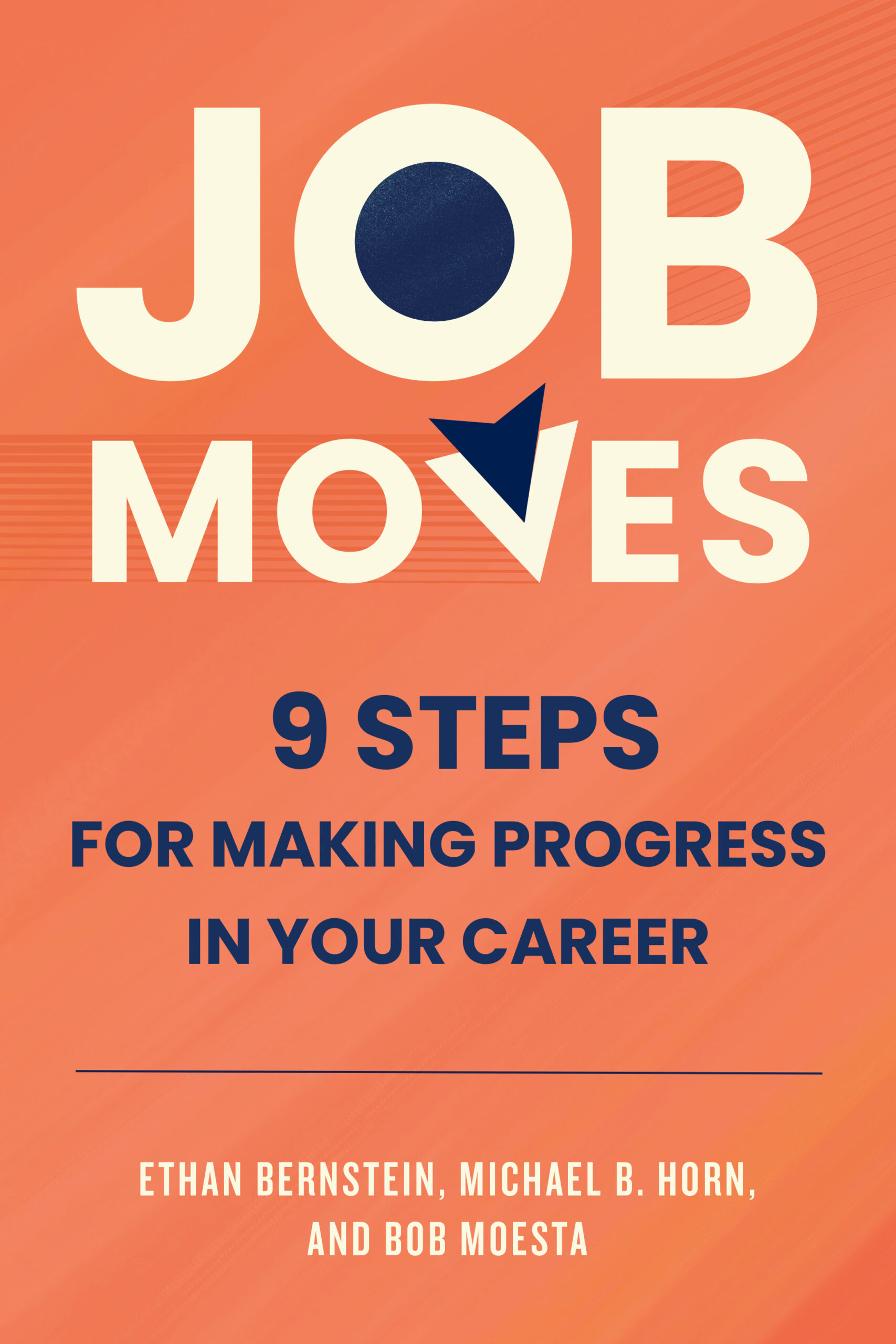Personalized Learning Is the Answer. (I Forgot the Question.)
By Kenneth Klau
EdSurge
The latest buzzword in U.S. public education these days is personalized learning.
Depending on whom you ask, the term refers to a model, a strategy, a plan, or just plain old good instruction. Personalized learning is something teachers do, something students do, something teachers do with students, or something students do with one another. Personalized learning is a noun, a verb, and an adjective. It is either impossible without technology or requires no technology at all. For anyone seeking to label an ideal education experience or garner support for a new initiative, personalized learning provides the answer.
Michael Horn, a colleague of mine, spends a lot of time in schools. I asked him once to tell me about the most powerful example of personalized learning he ever saw. The answer I anticipated included plenty of technology, lots of real-time data about students, creative projects, different grouping strategies, and a vibrant, flexible space in which all of this happens.
Instead, I was surprised by the pragmatism of his response. He described a school whose teachers learned, after a very reflective and deliberate process of discovery, that they didn’t know their students well enough: what their students have achieved, what they want to achieve, what’s holding them back. Following this process, school leadership modified the schedule to provide 15 minutes of uninterrupted time for students to confer with their teacher, one-on-one, about their academic and non-academic goals on a regular basis.

0 comments